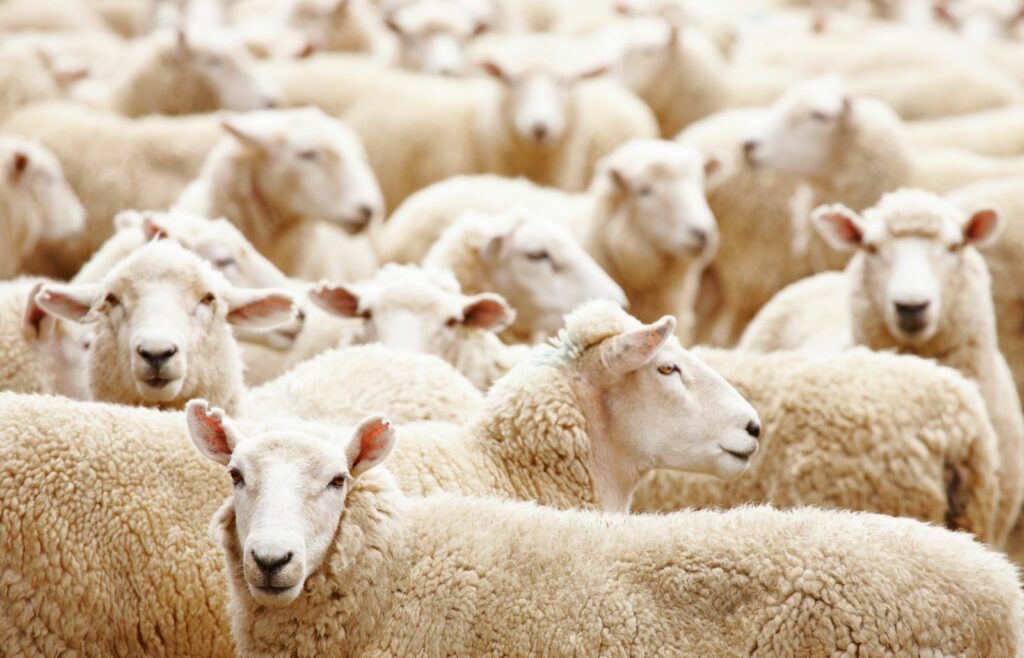Don’t overlook quarantine and drenching for returning sheep
20th March 2023
Farmers are being reminded to treat all sheep returning from grazing with a group 4 wormer and quarantine the animals to avoid bringing resistant worms onto farms.
While it is common practice to drench and quarantine newly purchased stock, the process can sometimes be overlooked for sheep that are returning from grazing which pose the same risk, Matt Colston, Elanco ruminant technical consultant pointed out.
“Whether sheep are grazing common land or rented ground, unless a farmer has had sole use of that land for a minimum of two years, it’s important to treat these animals as ‘incomers’,” he said.
To help farmers plan ahead, Mr Colston shared best practice protocols for quarantine dosing below:
- Weigh stock and calibrate drenching equipment
To ensure sheep are dosed accurately, Mr Colston advises against guessing the weight of sheep. Instead, he recommends calibrating scales then selecting and weighing the biggest sheep in the group to determine the correct dose. Groups of sheep can also be split as needed for more accurate dosing.
Mr Colston emphasised that underestimating the weight of sheep can cause them to be underdosed.
- Treat all incoming stock with a group 4 wormer
It’s important to note that of the five chemical groups of anthelmintics, research has shown resistance to group 1-BZ (white), 2-LV (yellow) and 3-ML (clear) is growing rapidly.
According to Moredun Research Institute, resistance to group 1 white wormers has been found on 80% of lowland farms and 55% of upland farms in Scotland.
Meanwhile, in England and Wales, resistance to white wormers has been found on nearly 100% of lowland farms and 83% of upland farms, according to Sustainable Control of Parasites in Sheep (SCOPS).
Once resistance to wormers has developed it’s irreversible,” Mr Colston said.
As best practice, he recommends using the newer group 4 (orange) wormer Zolvix as soon as possible after the sheep arrive back on the farm as this will clear out any resistant worms the sheep might have been picked up while grazing away from the farm.
- Quarantine sheep
The quarantine period should start as soon as returning sheep arrive on the farm. Ideally, sheep should be yarded for 24-48 hours to allow the treatment to work and prevent worms being passed on pasture.
- Turn sheep out to dirty pasture
Once the quarantine period had run its course, sheep should only be turned out to dirty pasture.
“If resistant worms survive the treatment, this ensures they are diluted by other worms,” Mr Colston said.
For more advice on drenching sheep, go to: www.farmanimalhealth.co.uk/sheep/sheep-worms/sheep-wormer-checker.

